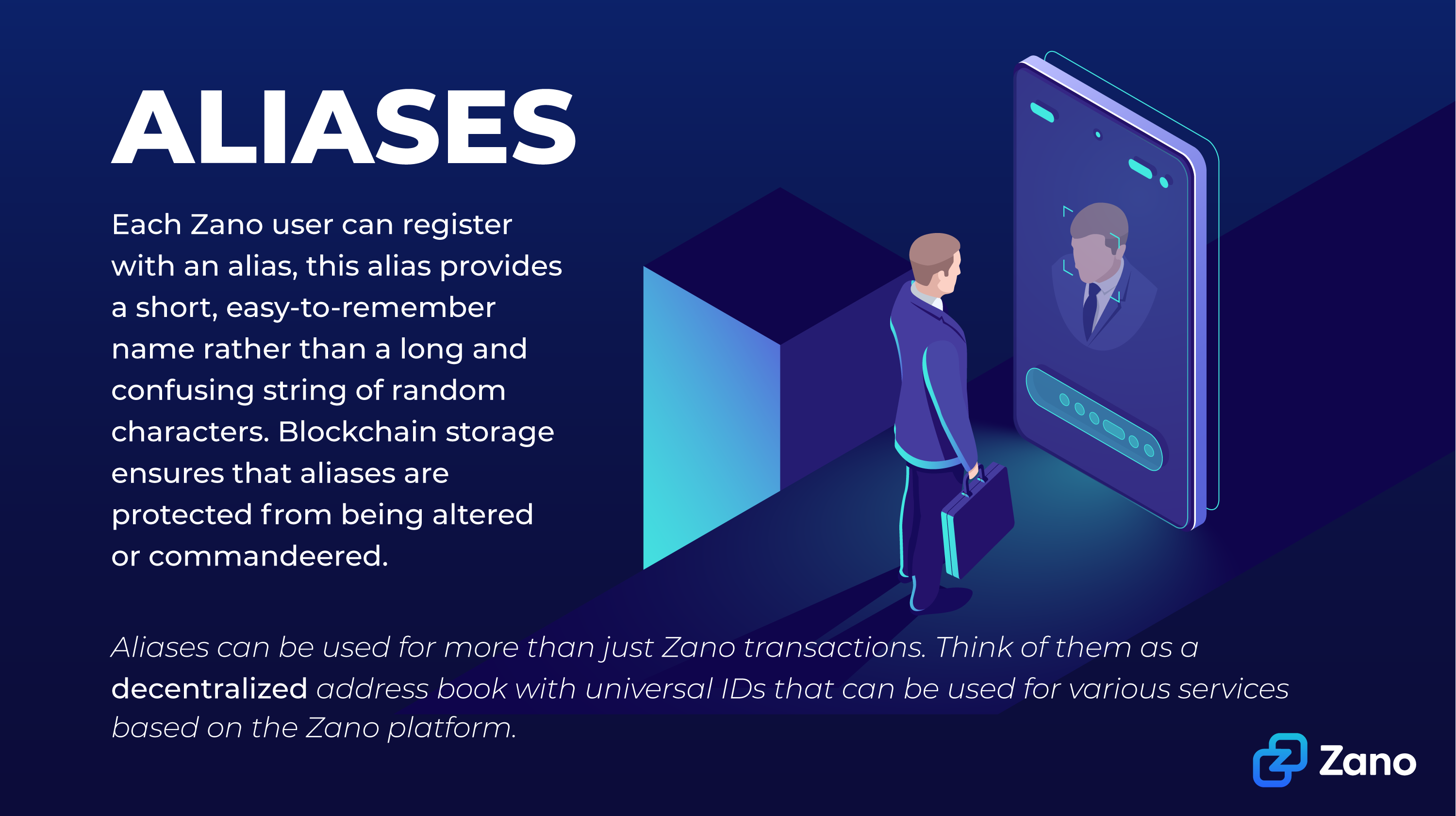Overcoming the barriers to mass adoption

The rise of cryptocurrency has often been likened to the early days of the internet. Many similarities exist, and, notably, the challenges that the early internet faced echo in the cryptocurrency realm. It's a moment of reminiscence and reflection, but most importantly, an opportunity for evolution. This article will discuss these barriers and how Zano, a cutting-edge cryptocurrency, is poised to overcome them.
The Early Internet: A Challenge in Adoption
In its nascent stages, the internet was primarily the playground of computer scientists and enthusiasts. The complexities of protocols and lack of user-friendly interfaces made it inaccessible to the average user. It was powerful and full of potential, but with great power came great confusion. People struggled with understanding this new technology, its purpose, and benefits.
Email: The Game-Changer
Enter electronic mail. Email was arguably the killer application that propelled the mass adoption of the internet. It was something people could easily understand; an electronic version of a letter. Suddenly, people worldwide could communicate instantly, efficiently, and inexpensively. The appeal was irresistible, and this simple application opened up a new realm of possibilities and created an incentive for people to venture into the world of the internet.
The Evolution towards Security and Ease-of-Use
Yet, while email drew people in, several challenges still needed to be addressed. For one, the internet was not secure. Data transferred across the network was susceptible to interception and manipulation. The development and adoption of HTTPS (HyperText Transfer Protocol Secure) was a major milestone in addressing this issue. HTTPS encrypted data during transit, providing a secure channel for private communication and transactions.
Moreover, the internet needed to become more user-friendly. The development of web browsers like Netscape and user-centered design principles were instrumental in making the internet accessible to non-tech-savvy users. User interfaces become more intuitive, and navigating the vast expanse of the internet gradually became a walk in the park.
Business Adoption: The Key to Mass Adoption
The advent of security and ease-of-use were significant, but what truly catalyzed the internet's mass adoption was business participation. Businesses started recognizing the potential of the internet as a platform for reaching customers and conducting transactions.
They began offering services that people were already familiar with, like shopping and banking, but with the added convenience of doing so from the comfort of one's home. This resulted in a surge of internet users and sealed the internet's place in everyday life.
The Cryptocurrency Conundrum
The journey of cryptocurrency mirrors the trajectory of the early internet. It is currently complex, with baffling public and private keys and addresses, and it's often seen as insecure due to numerous high-profile breaches and scams.
While Bitcoin, the first and most famous cryptocurrency, brought the world's attention to blockchain technology, its complexity, and its lack of privacy make it challenging for both the average user and businesses.
The Need for Evolution
Cryptocurrency needs to overcome the same barriers the early internet faced to achieve mass adoption. First, it must become more user-friendly. Wallets and transactions need to be simpler, and public keys should be more approachable, much like an email address. The industry needs to focus on user experience and design thinking when developing its products and services.
Security and privacy are equally critical. Blockchain transactions are transparent, which means every transaction is traceable. This lack of privacy can be daunting to individuals and businesses alike. Moreover, the security issues that have plagued the crypto space need to be addressed effectively.
Flexible Privacy: The Business Imperative
Moreover, businesses require flexible privacy for blockchain and cryptocurrency adoption. They need the ability to choose what information to disclose and to whom, especially considering regulatory requirements.
The "all or nothing" approach currently taken by many cryptocurrencies isn't practical for businesses. They need the ability to keep sensitive information private by default while allowing for necessary transparency, much like the evolution of HTTPS on the internet.
Zano: Working on the solutions
Flexible, on by default privacy
Zano's introduction of tracking seeds and auditable wallets are a game changer when it comes to flexible privacy in the crypto space. These features enable users to choose between complete privacy or selective transparency for third parties when required, a key need for both businesses and individuals.
With an auditable wallet, a business can provide proof of transactions or balance to regulatory bodies, accountants, or auditors without exposing their entire transaction history, and only if they themselves decide to share this information.
Security

Zano's hybrid consensus mechanism provides an added layer of security that sets it apart in the world of cryptocurrencies. This mechanism combines Proof of Work (PoW) and Proof of Stake (PoS), two primary systems for validating transactions and securing a blockchain network. By doing so, it draws on the strengths of both systems and mitigates their respective weaknesses, thus ensuring a more robust and secure network.
Ease of use

Zano features a user-friendly interface that makes it easy even for non-tech-savvy users. Zano's alias feature allows users to create an easily recognizable ‘name’ for their address, similar to a Twitter handle, enhancing its usability.
Adoptable features: Escrow Contracts

Zano, as a project, aims to make anonymous p2p transactions as simple as they can be. One of the most practical use cases for this is e-commerce on a private blockchain. Generally, users must trust each other or a third party to be sure that an online transaction goes as planned, and in order to make this happen, they must give up their privacy.
Zano offers a unique solution to this issue of trust. Using an escrow system, both parties are asked to offer an agreed-upon number of coins as collateral. This doesn’t have to be the same amount for each person; it depends on the risk for each side. These coins are returned to each person once the deal is done and confirmed by both sides. If the participants don’t follow through, the coins in escrow are burned. All this is done with the Zano wallet using the contract proposal-response system built into the app, which maintains each user’s anonymity.
People can utilize this technology for all sorts of use cases, such as a private marketplace to offer goods, or a p2p trading platform where one could make fiat <> crypto trades.
Adoptable features: Confidential Assets

Zano's Confidential Assets are a game-changer in the realm of privacy-based crypto, providing a tangible use case for businesses, and consequently, paving the way for mass adoption. These Confidential Assets offer businesses the ability to issue their own tokens on the Zano blockchain, which can be used for a multitude of purposes, like representing company shares, loyalty points, cross-chain assets or digital representations of physical assets.
Conclusion
Whether you look at the crypto market from a security, usability, or business perspective, it still has a long way to go. Zano is working hard to solve the issues the crypto industry currently faces, and we have faith that Zano will lead the way when it comes to these issues.

Mainly written by @Kekzploit.
